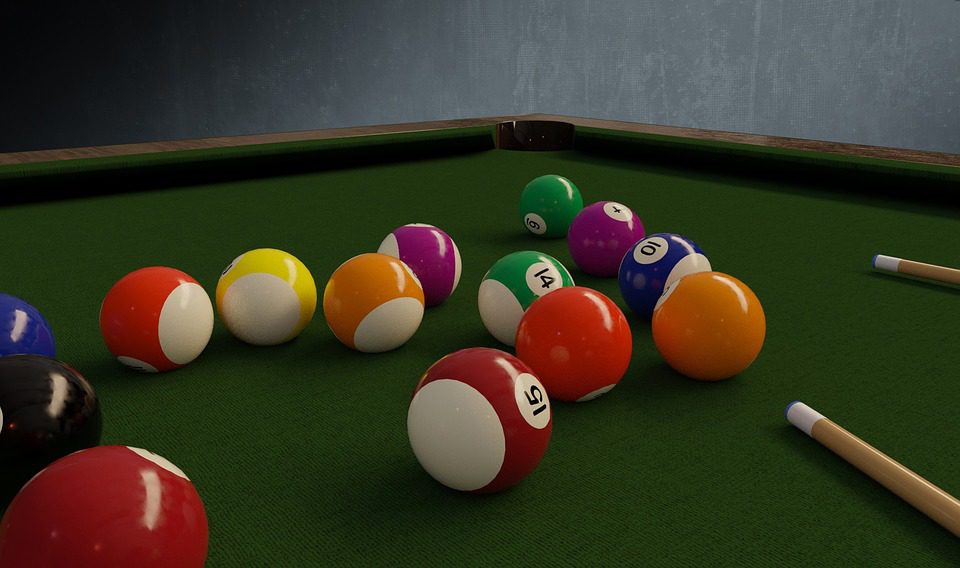I was trying to find a description of a typical billiards cue stick by typing “parts of a cue stick” in the Google search box and this is what is stated:
Pool and snooker cues average around 57–59 inches (140–150 cm) in length and are of three major
types. The simplest type is a one-piece cue; these are generally stocked in pool halls for communal use. They have a uniform taper, meaning they decrease in diameter evenly from the end or butt to the tip.
I have provided a video down below to show what the parts of a pool stick is about. It is described by James Roberts from Ozone Billiards. I hope you gain some insight. Also, please share if you like this post, and please add any comments, thoughts, or questions in the comments section below. I will look forward to what you have to say, and I’ll provide a reply to your comments as soon as possible. Thanks for stopping by and have fun in shooting pool.

Permalink
Permalink
Permalink //
Straightness of a pool cue depends on the finishing of a pool cue while making it. You need to check the round figure of a pool cue as well as the straightness. Because sometimes a pool cue might be straight but it is not round perfectly. Such pool cue tips can be seen at GameRoomGuys.com/Blog/Pool-Cue-Buying-Guide.
Permalink //
Thanks Jenny! I checked out to see that you went into great depth in describing the pool cue in the post that you provided. I feel that it’s informative for readers and myself to get an insight to how it’s made and how it functions. Thanks for sharing that, and I’ll share that on social media. Cheers!
Permalink //
Hi Armand,
Nice to see a technical design of a snooker cue. I never realised there were so many different names and parts to a cue like bumper, afterwarp, but collar, etc.
The only time I have a game of snooker is at the Working Men’s Club these days but it’s pretty rare and I do miss it.
Do you ever play billiards? It’s one game I don’t know the rules for. You seldom hear of billiards these days unlike snooker an pool but I enjoy both of these games.
Thanks for your article,
Simon.
Permalink //
Hello Simon! I would like to say thanks for the comment. Yes, there are many parts of a cue that have names. I would compare this to looking at parts of a human skeleton: there are many terms.
To answer your question, I do play different forms of billiards whether if it’s 8-ball or 9-ball. However, my preferred version of billiards to play is 8-ball as I am more adapt and have more fun playing that. If you want, you can check out my review on a billiard book that shows illustrations and shows how to play effectively. I hope that this helps, and who knows? It can make you a better billiards player. Have fun!
Permalink //
Nice, my friend is an absolute pro at snooker and pool, but i just play for fun down the pub with my mate.
Its nice to see a comprehensive overview of the make up of a cue stick, from tip to butt cap bumper.
Is there any type of cue that you think would be good for someone to just use every now and then? I want a professional feeling cue stick, but without paying top dollar.
Thanks for sharing this!
Permalink //
Hello Marley! So, your friend is a pool hustler, huh? Well, I want a game of one-on-one! Haha, to be honest, I am no pro at all myself. I’m still learning how to be proficient at it as I still find myself missing easy shots from time to time.
To answer your question, I have done a review on a professional cue stick that you can check out. However I did find one that you can use. I will do another post on a cheaper, yet highly reviewed cue stick that you can use that’s not too top dollar. Stay tuned…